Gravity Drip Irrigation: [Concept, Advantages and Requirements]

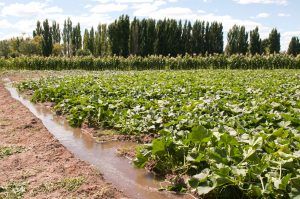 The gravity drip irrigation system is a very useful mechanism for orchards that have a large area.
The gravity drip irrigation system is a very useful mechanism for orchards that have a large area.
In it, the conditions of the land are used to ensure that the water circulates calmly without the need for a specific impulse.
That means that it becomes very practical and that is why it counts as one of the favorites for certain types of crops.
Would you find it interesting to have a gravity drip irrigation system? First you must inform yourself of everything that it implies and it is just what we will tell you here.
What is gravity drip irrigation?
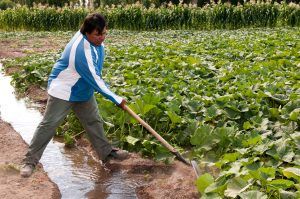 Gravity drip irrigation is a system that works through pipes that are distributed throughout the land and carry water by gravity.
Gravity drip irrigation is a system that works through pipes that are distributed throughout the land and carry water by gravity.
To start the cycle, the water is stored in a certain space, which can be a tank or reservoir. This water can be obtained in different ways: rainwater, tap water, or a natural source such as a river.
The water comes down from the tank and is distributed through the drip irrigation pipes, which must have a certain level of slope so that it reaches all the areas.
What are the advantages of gravity drip irrigation?
When you are going to define which is the most efficient irrigation system, the first thing you should assess are the advantages that they will bring you and here are those of gravity drip irrigation:
- It is a system that does not need an energy source to work, such as electricity, since the water falls by the force of gravity.
- It can be installed to water plants that are located in any space, regardless of whether they are in a garden or in pots.
- It’s easy to “program” to water on days that are convenient, increasing in summer and decreasing in winter.
- It proposes a more optimized use of water, avoiding unnecessary losses that are usually so common in other types of irrigation systems.
- It is possible to implement it both outdoors (where it is more frequent) and indoors (for example in a greenhouse).
- It is not necessary to invest daily time for irrigation, since it can work without human intervention if it has been installed correctly.
- Although it requires an initial investment, it is a system that saves money in the long term.
- Maintenance is quite low, compared to other irrigation systems.
What disadvantages does this irrigation system have?
On the opposite side, there are some negative points that you will have to consider about the gravity drip irrigation system:
- It is only applicable on land that does not have geographical accidents because it is difficult for water to rise up small hills, for example.
- You have to constantly check the water level in the tank, especially on the hottest days because evaporation is faster.
- If it is not well adapted according to the conditions of the terrain, it is likely to generate waterlogging.
- The water when it runs through the land can cause erosion.
What do we need to install a gravity drip irrigation system?
A gravity drip irrigation system is possible with ready-made kits that are fairly easy to install. However, you can also work with a series of resources chosen individually.
Water tank
This must have the capacity to store a large amount of water to ensure a constant flow for irrigation.Even though the water tank can be refilled daily, make sure it has room for a few litres.
droppers
The drippers are the parts of the system that is responsible for letting the water fall at the point you have chosen.These will be adjusted to the pipe network, allowing the water to fall in small drops without the need for much pressure on them.
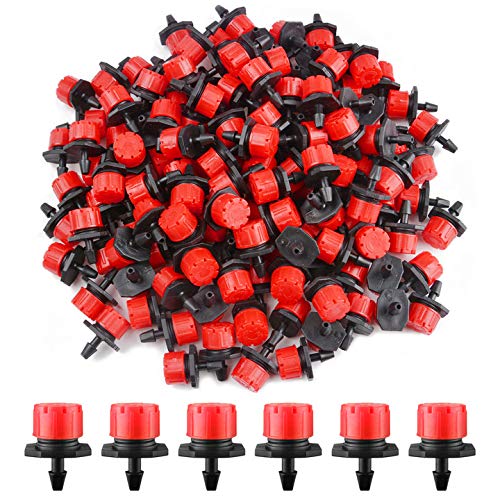
When choosing them, it is important to look at the flow they are capable of managing to avoid flooding. In addition, it must be taken into account that not all crops have the same water needs and what is sufficient for one may be excessive for another.
Pipelines
They are the communication routes that go between the reservoir and the crops and that will carry the water to each place.Depending on the size of the land, more or less tubes will be needed, which will have to be distributed according to their main or secondary function.
It must be taken into account that this system will work without an energy source, so it is necessary that the tubes allow the comfortable flow of water.
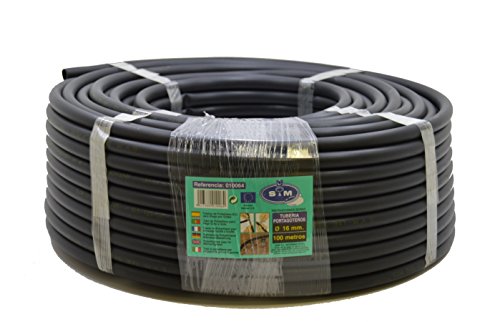
Plastic pipes are ideal for this purpose and are also very cheap, so they are usually the favorites when choosing. Among the most used derived materials for this purpose are: PVC and polyethylene.
Another important piece of information that you must handle is the internal diameter of the tube, as this will be decisive in determining the amount of water that can pass through it.
Filters
Depending on the type of water used, it is very possible that the drippers suffer from obstructions that prevent them from releasing the amount necessary for irrigation. This is due to the fact that sometimes the water comes with sand, salts, clay, among others, which, due to the low flow, makes it easier for them to settle on the drippers.
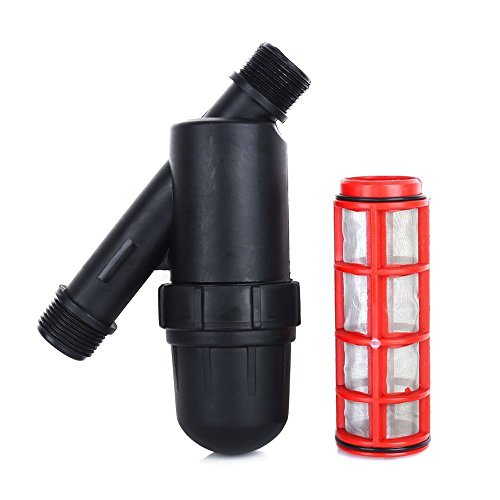
In order to avoid this inconvenience, filters are used that have the task of keeping out any type of particle that could affect the work.The filters can be of different types to adjust to the specific needs of each system.
valves
They are in charge of regulating and controlling the entire route of the liquid within the structure built for irrigation.They can be found in different shapes and with varied functions to take advantage of according to the demands of each case.
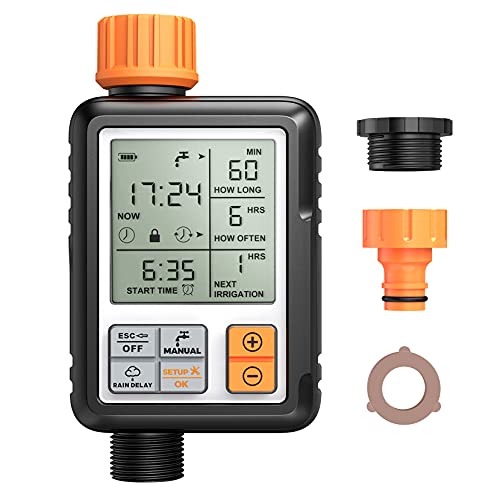
A gravity drip irrigation system is one of the best alternatives for home gardens and slightly larger plots of land. With all the data that we leave here, it will be much easier for you to get down to work and start your installation today.
Bibliographic references
- Gravity irrigation manual, W Olarte – PE, Andean Technology Coordinating Commission…, 1987 – sidalc.net
- Water conservation techniques in gravity irrigation at plot level, H Flores-Gallardo, E Sifuentes-Ibarra… – Revista mexicana de…, 2014 – scielo.org.mx
- Gravity Irrigation, JED Ortiz – 2006 – books.google.com
- Efficient use of irrigation water by gravity using gypsum and polyacrylamide, C Chávez, C Fuentes, E Ventura Ramos – Terra Latinoamericana, 2010 – scielo.org.mx
- Critical analysis of gravity irrigation in the conditions of Uruguay, M García Petillo – Agrociencia Uruguay, 2011 – scielo.edu.uy
- Conditions for modeling gravity irrigation with equivalent hydrodynamic soil properties, F Zataráin, C Fuentes, L Rendón – Agrociencia, 2017 – scielo.org.mx


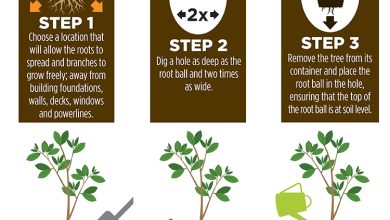
![Photo of Prune Lemon Trees: [Importance, Time, Considerations and Steps]](https://www.complete-gardening.com/wp-content/uploads/2022/08/prune-lemon-trees-importance-time-considerations-and-steps-390x220.jpg)
